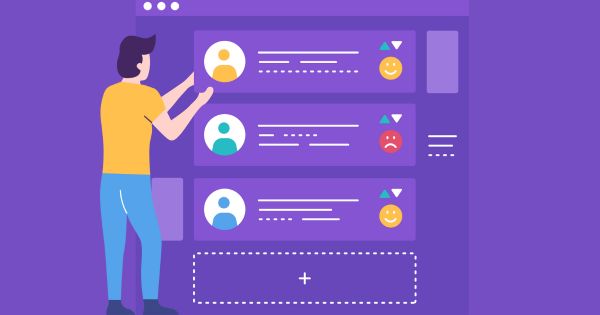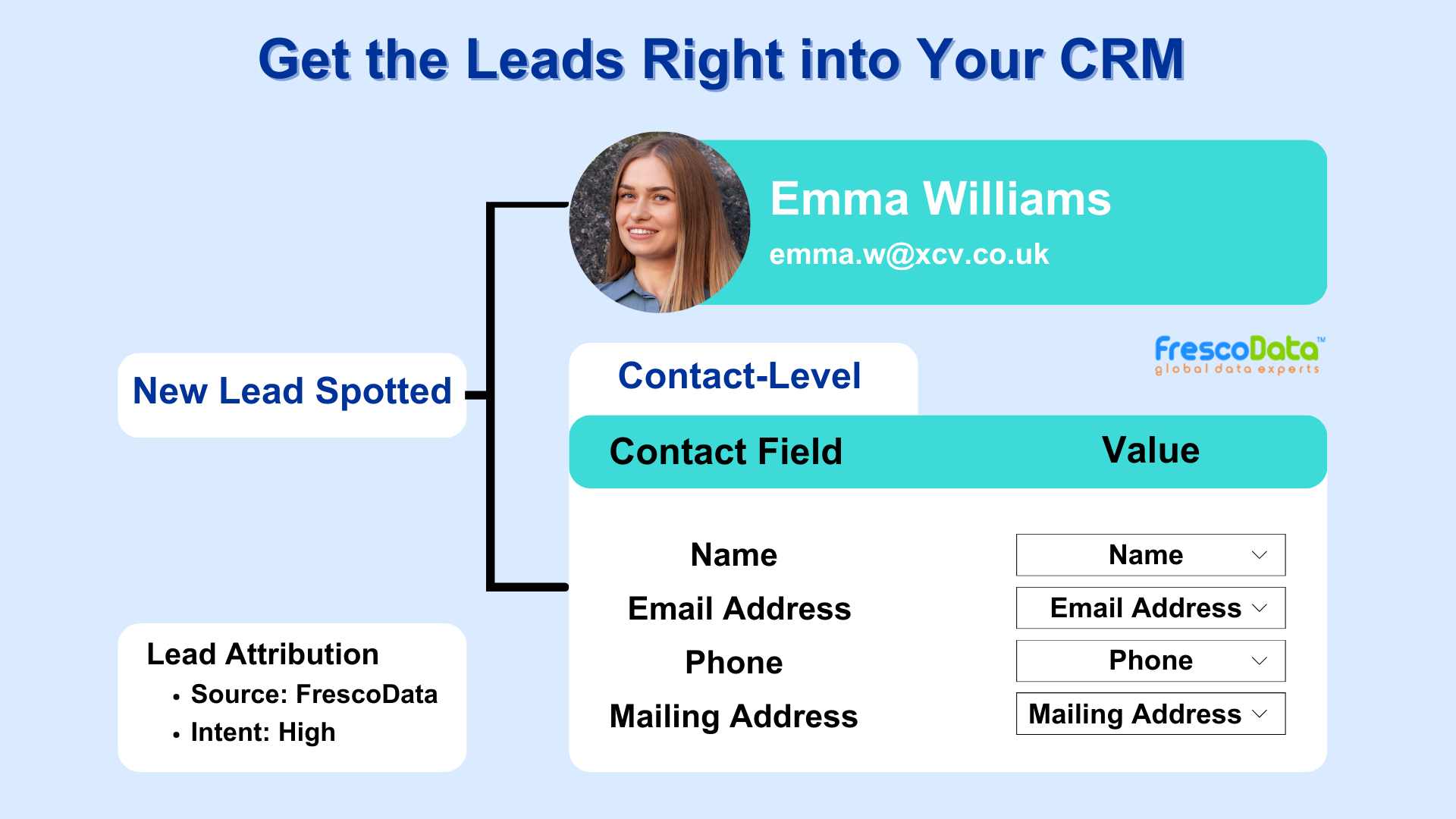-
What is a Customer Feedback Loop?
-
Key Components of a Customer Feedback Loop
-
Feedback Collection
-
Analysis and Interpretation
-
Feedback Categorization
-
Identification of Actionable Insights
-
Closed-Loop Communication
-
Implementation of Changes
-
Monitoring and Iteration
-
Benefits of Implementing a Customer Feedback Loop
-
Improved Customer Satisfaction
-
Customer Retention
-
Product and Service Enhancements
-
Proactive Issue Resolution
-
Enhanced Customer Loyalty
-
Competitive Advantage
-
Innovation
-
Examples of Customer Feedback Loop Implementation
-
Post-Purchase Surveys
-
Social Media Monitoring
-
Customer Support Feedback
-
Beta Testing Programs
-
Customer Advisory Boards
What is a Customer Feedback Loop?
A customer feedback loop is a systematic process that organizations implement to gather, analyze, and act upon customer feedback continuously. It involves collecting insights from customers regarding their experiences with a product, service, or the overall brand, and then using this information to make informed business decisions and improvements. The feedback loop is a cyclical process that helps organizations understand customer needs, measure satisfaction, and enhance the quality of their offerings.
Key Components of a Customer Feedback Loop

Feedback Collection
Establishing various channels to collect feedback from customers. This can include surveys, online forms, customer reviews, social media comments, direct interactions, and other means of communication.
Analysis and Interpretation
Analyzing the collected feedback to extract meaningful insights. This involves identifying patterns, trends, and recurring themes in customer responses.
Feedback Categorization
Categorizing feedback into different areas such as product features, customer service, user experience, pricing, and more. This segmentation helps prioritize areas for improvement.
Identification of Actionable Insights
Identifying actionable insights and issues that require attention. This may involve distinguishing between immediate concerns and long-term strategic improvements.
Closed-Loop Communication
Establishing a closed-loop communication system where customers are informed about how their feedback is being addressed. This transparency helps build trust and demonstrates a commitment to customer satisfaction.
Implementation of Changes
Implementing changes, updates, or enhancements based on the insights gained from customer feedback. This could involve adjustments to products, services, policies, or internal processes.
Monitoring and Iteration
Continuously monitoring the impact of implemented changes and iterating the feedback loop. This iterative process ensures that organizations stay responsive to evolving customer needs and preferences.
Benefits of Implementing a Customer Feedback Loop
Improved Customer Satisfaction
Regularly addressing customer feedback leads to improvements in products and services, ultimately enhancing overall customer satisfaction.
Customer Retention
Understanding and addressing customer concerns contributes to higher retention rates, as satisfied customers are more likely to stay loyal to a brand.
Product and Service Enhancements
Enables organizations to make informed decisions regarding product and service enhancements, ensuring alignment with customer expectations.
Proactive Issue Resolution
Identifies and addresses issues proactively, preventing potential negative impacts on customer relationships and brand reputation.
Enhanced Customer Loyalty
Organizations that actively seek and act upon customer feedback demonstrate a commitment to customer success, fostering increased loyalty.
Competitive Advantage
Organizations that continuously adapt based on customer feedback gain a competitive advantage by staying responsive to market trends and customer preferences.
Innovation
Encourages a culture of innovation by soliciting ideas and suggestions from customers, fostering a collaborative relationship between the brand and its user base.
Examples of Customer Feedback Loop Implementation
Post-Purchase Surveys
Sending surveys to customers after they make a purchase, asking about their experience, satisfaction, and any suggestions for improvement.
Social Media Monitoring
Actively monitoring social media channels for customer comments, reviews, and mentions to gauge sentiment and identify areas for improvement.
Customer Support Feedback
Collecting feedback after customer support interactions to evaluate the effectiveness and satisfaction with support services.
Beta Testing Programs
Inviting customers to participate in beta testing programs for new products or features, and gathering their feedback for refinement before a full launch.
Customer Advisory Boards
Establishing customer advisory boards or panels to regularly engage with a select group of customers for in-depth discussions and feedback.
Stay Updated
Recent Blogs

3 Reasons to Buy Email List
Are you hesitant to buy email list for your business? Some would say buying an email list ...
November 18, 2024
Sales Follow-up Email After No Response!
70% of sales reps don’t follow up with prospects after no response. (Source) Are you...
September 2, 2024
5 CTV Advertising Tips to Get The Most Out of It
Connected TV has opened up many interesting opportunities for advertisers, allowing them t...
August 27, 2024